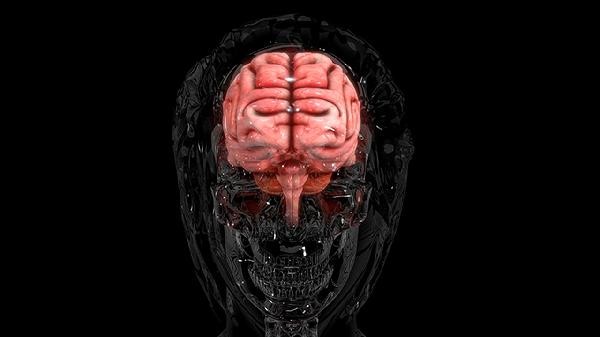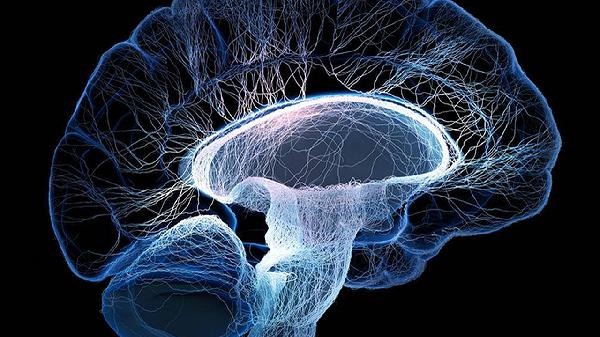Transient loss of consciousness in the brain accompanied by pale complexion may be caused by hypoglycemia, orthostatic hypotension, transient ischemic attack, arrhythmia, anemia, and other reasons. Intervention can be achieved through adjusting lifestyle habits, medication treatment, regular monitoring, and other methods.

1. Hypoglycemia
A sharp decrease in blood sugar levels can lead to insufficient energy supply to the brain, causing temporary loss of consciousness. It is commonly seen in patients with diabetes who take excessive drugs or do not eat for a long time, accompanied by cold sweat, shaking hands and other symptoms. It is recommended to carry sugar cubes with you for emergency use and regularly monitor blood sugar levels. Therapeutic drugs include glucose injection, glucagon, etc., which should be used under the guidance of a doctor.
Secondly, orthostatic hypotension [SEP]. A sudden drop in blood pressure when standing up quickly may cause insufficient blood supply to the brain, which is more common in the elderly or dehydrated population. The typical manifestation is dizziness and vertigo when standing, which subsides when lying down. Increasing water intake and wearing stretch socks can help prevent it. Severe cases can follow the doctor's advice to use vasopressors such as Midojun.
3. Transient ischemic attack
Temporary blockage of cerebral blood vessels can lead to sudden loss of consciousness, usually lasting for several minutes. May be accompanied by unclear speech or physical weakness, which is a warning signal for stroke. Immediate medical examination is required, and commonly used treatment drugs include antiplatelet aggregation drugs such as aspirin and clopidogrel.
Fourth, arrhythmia

Abnormal cardiac pumping function may cause interruption of cerebral blood supply, commonly seen in ventricular tachycardia or atrioventricular block. During the attack, the pulse is irregular and may be accompanied by chest pain. Dynamic electrocardiogram monitoring can confirm the diagnosis, and treatment drugs include amiodarone, metoprolol, etc. In severe cases, a pacemaker needs to be installed.
V. Anemia
Insufficient hemoglobin can lead to decreased oxygen carrying capacity, which may cause cerebral hypoxia syncope. Long term fatigue and brittle nails are typical manifestations. It is necessary to check indicators such as ferritin. Iron deficiency anemia can be supplemented with ferrous succinate, while increasing the intake of iron rich foods such as red meat and animal liver.
Daily attention should be paid to maintaining a regular diet to avoid hypoglycemia, slowing down movements when changing positions, and regularly conducting blood routine and electrocardiogram examinations. Seek medical attention immediately when experiencing repeated fainting or accompanied by chest pain, vomiting, and other symptoms. It is recommended to record the triggering factors and duration of the attack to help doctors accurately determine the cause. Moderate aerobic exercise improves blood circulation, but sudden cessation after vigorous exercise should be avoided. Maintaining a balanced diet and supplementing water and electrolytes appropriately can help prevent seizures.








Comments (0)
Leave a Comment
No comments yet
Be the first to share your thoughts!